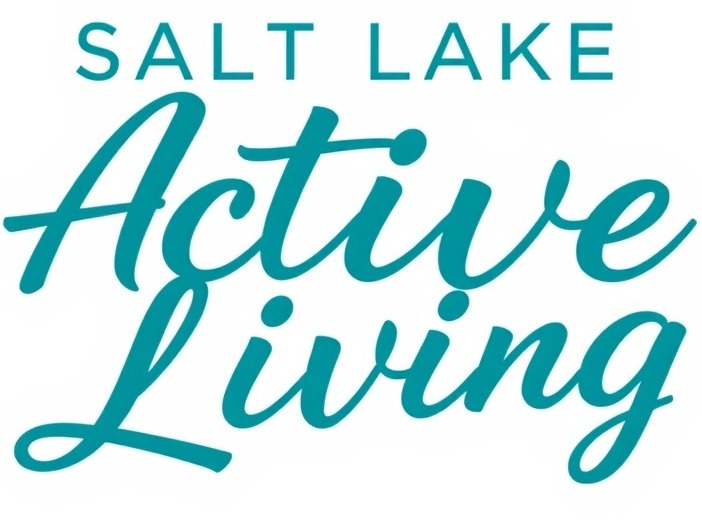
Great Salt Lake Faces Another Dangerous Dip in Water Levels
The Great Salt Lake, a crucial ecosystem for Utah, is once again nearing record-low elevations, intensifying ecological and environmental concerns across the region. With the summer heat bearing down, the lake's water line is perilously close to the low marks set in 2022, which saw alarming declines that jeopardized vital wildlife and local air quality.
Brian Steed, the Great Salt Lake Commissioner, emphasized the worrying situation during a recent media briefing, describing the current water levels as 'really a scary low level.' The south arm of the lake is resting at 4,192 feet above sea level, while the north arm is already at critical conditions, measuring just about 4,191.6 feet. The difference in elevation is caused by a rock causeway that separates the two waters, impacting their ability to interact and sustain healthy ecological functions.
Drought and Its Effects
This alarming trend is framed by a broader narrative of drought affecting the entire state, with many areas classified under 'severe' drought conditions. As Utah grapples with this reality, the snow-capped peaks that usually feed streams and rivers into the Great Salt Lake are melting away faster than ever due to rising temperatures, leading to a dramatic decline in inflow. The result? An overwhelming amount of exposed lakebed continues to bake in the sun, contributing to a concerning increase in dust pollution that affects nearby communities.
The Ecological Implications
The impact of a shrinking Great Salt Lake extends beyond its shores. Notably, the brine flies and brine shrimp that thrive in its salinity will suffer substantially, leading to food shortages for migratory birds that depend on these organisms for survival. The recent record-lows magnified the crisis; when the lake's salinity peaked, a dramatic die-off of brine flies occurred, threatening millions of birds that flock to the area each year.
Currently, salinity levels in the south arm are still acceptable for supporting ecological functions, which Steed highlights as a silver lining. However, if conditions continue to worsen and the water level drops further to 4,190 feet, state officials are prepared to take action they have implemented before: sealing off the north arm to maintain the ecological balance in the south.
Taking Action to Restore the Lake
In light of these challenging circumstances, Steed has called for renewed conservation efforts throughout the watershed. Past campaigns around water conservation have highlighted the storm's fury in 2022 and the dire need for sustainability in water management. To restore the Great Salt Lake and prevent future catastrophes, Steed warns that it will require combined efforts that will take years, if not decades.
According to a strategic blueprint developed for 2024, Utah will need an additional 1.3 million acre-feet of inflows to stabilize the lake’s health, a volume sufficient to serve over 2 million households on the Wasatch Front. This stark reality paints a picture underscored by urgency, compelling residents and lawmakers alike to engage in sustainable practices and proactive planning.
The Way Forward
Efforts to understand and reverse the troubling course of the Great Salt Lake are gathering steam, further fueled by public awareness and collaboration among stakeholders. These measures play a pivotal role not only in preserving an essential ecological habitat but also in safeguarding air quality and the economic health of communities that thrive along the Wasatch Front.
As Utah faces the repercussions of both natural and human-driven changes to its environment, it becomes essential for citizens and officials to prioritize collective action. The responsibility lies with everyone to ensure that future generations inherit a Great Salt Lake that continues to thrive as an irreplaceable natural resource.
 Add Row
Add Row  Add
Add 




Write A Comment